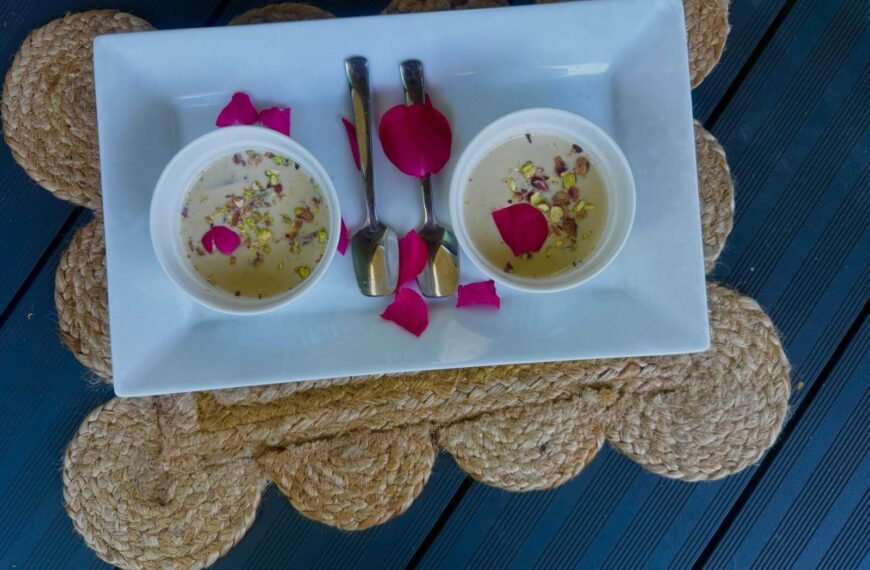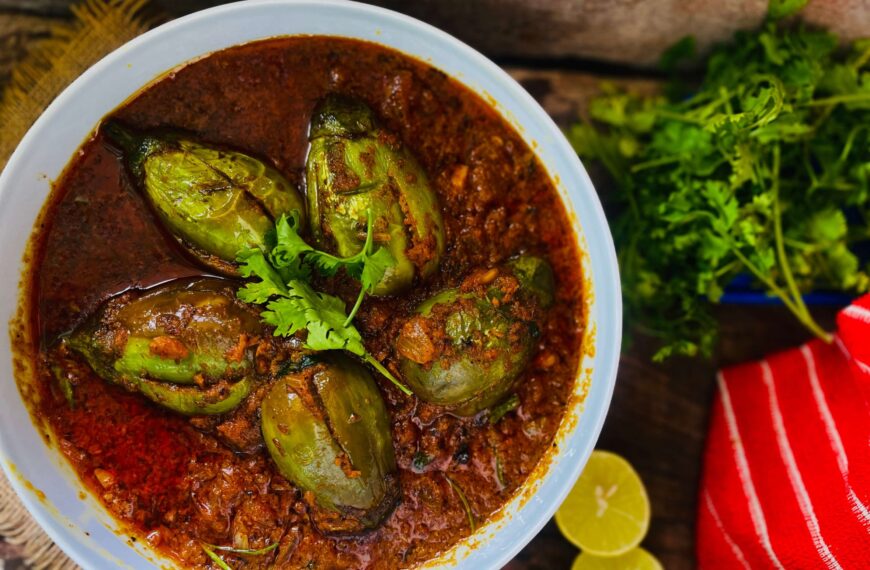Bhuj has a 4000-year- old history. It dates back to the Harappan culture. Khadir shows prehistoric archaeological finds of the Indus Valley Civilisation. It could be the most ancient civilisation of India. A Harappan inscription with letters written in it may be the oldest signboard ever written in the world. Dholavira is the name of the place that attracts archaeologists from all over the world. Traces of Alexander the Great’s march into India and the marks of the Naga Chiefs, Jadeja Rajputs, Gujarat sultans and the British Raj remain. Over the 4000 years this area developed migratory relations with Zanzibar, Middle East and Greece. This trade fostered an unusual conglomeration of cultures, traditions and a unique ethnic mix of people. Lily talks about her life in Bhuj, as an Army wife, in the weekly column, exclusively in Different Truths.
A posting to Bhuj in the Kutch district of Gujarat came when I needed to stay in Hyderabad due to the kid’s education. A visit to this tucked away place on the map of India was a wide eyed revelation. A world of colourful crafts and embroidery brought the white sands of the Rann of Kutch to life. This is the place I learnt about, while teaching the short story, Love across the Salt Desert, to my students many a summer ago. The Hindi film Refugee that introduced Abhishek Bachchan and Kareena Kapoor to us was based on this story and shot extensively in this area. Karachi is only 320Km. from here (by road) and the border with Pakistan extends along the desert sands.
Bhuj, sacred to the snake Bhujang, was established, in 1510, by Rao Bhimji and later made the capital of Cutch state, in 1549. It was attacked six times and taken thrice. In 1816, the hill Fort of Bhujia was captured by the British.
The city of Bhuj was ravaged by destructive earthquakes three times, each one leaving it mangled and maimed. The last one, in 2001, needed the government to undertake building of roads and construction of damaged buildings. The airport too had been reconstructed after a crater formed in it. It is said women contributed majorly to its rebuilding.
Besides the Bhujia Fort on the hill, the old city of Bhuj has a fort wall around it, which is 35ft high and 4ft. thick and has five gates and one small one called sixth window “Chatti Baari”. There are beautiful ancient palaces and buildings that demand a visit due to their attractive architecture. The ones I remember are the bell tower of Prag Mahal, the hall of mirrors at Aina Mahal, and the children diving into Hamirsar Lake, Chhattarbaug Palace, Kutch museum, Swaminarayan temple and Tapkeshwari temple. Bhuj is a famous hub for tie and dye fabric called Bandhini. A process of tying threads on the fabric before dipping it into various dyes and later opening out the threads to show white or any other base colour beneath is a laborious job .The Khatri Muslim community has been doing it for centuries. Leather work of this area is also notable.
Bhuj has a 4000-year- old history. It dates back to the Harappan culture. Khadir (also known as Khadar) shows prehistoric archaeological finds of the Indus Valley Civilisation. It could be the most ancient civilisation of India. A Harappan inscription with letters written in it may be the oldest signboard ever written in the world. Dholavira is the name of the place that attracts archaeologists from all over the world. Traces of Alexander the Great’s march into India and the marks of the Naga Chiefs, Jadeja Rajputs, Gujarat sultans and the British Raj remain. Over the 4000 years this area developed migratory relations with Zanzibar, Middle East and Greece. This trade fostered an unusual conglomeration of cultures, traditions and a unique ethnic mix of people. As you scout around for the Dabeli, which is a spicy chutney and potato filled Indian burger and the Pao Bhaji or the sumptuous Kachchhi thali with the simply mouth-watering Kachchhi Karri, go and see the 2000-year- old Kshatrapa inscriptions in the museum and the Ramayana characters sculptures at the Rama Kund step well.
The Rann of Kutch is one place in the world where you may spy the last of the almost extinct wild asses.  The Indian wild ass or the Baluchi wild ass is known as ‘Ghudkhur’ in the Gujarati language. It is listed as near threatened in the IUCN. It likes the saline desert of the Rann and the neighbouring grasslands. The Kutch desert wildlife sanctuary is about 100 kilometres from Bhuj. It is a huge saline seasonal wetland. By October-November the rain water dries up and the area becomes a salt desert. A large variety of birds nest here. It also harbours mammals. Thousands of flamingos nest near the outpost of the Pakistan border called Kalo Dungar hill. The Rann is snow-white sand filled with salt till as far as the eye can see. Hundreds of miles shimmer and shine and a mirage meets the eye looking like a lake.
The Indian wild ass or the Baluchi wild ass is known as ‘Ghudkhur’ in the Gujarati language. It is listed as near threatened in the IUCN. It likes the saline desert of the Rann and the neighbouring grasslands. The Kutch desert wildlife sanctuary is about 100 kilometres from Bhuj. It is a huge saline seasonal wetland. By October-November the rain water dries up and the area becomes a salt desert. A large variety of birds nest here. It also harbours mammals. Thousands of flamingos nest near the outpost of the Pakistan border called Kalo Dungar hill. The Rann is snow-white sand filled with salt till as far as the eye can see. Hundreds of miles shimmer and shine and a mirage meets the eye looking like a lake.
The scrublands of the Kutch Desert wildlife sanctuary are home to wild animals like wolf, hyena, chinkara, jackal, blue bull, wild boar. Porcupine, hedgehog, mongoose, hare, spiny tailed lizard and wild fox. Many migratory birds come to the sanctuary besides the greater and lesser flamingos. Pelicans, cormorants, storks, Brahmini ducks and so many others collect here.
A feast of nature in its truthful avatar was a rare treat for us city bred visitors.
A road trip from Bhuj to Lakhpat was an experience like no other. There is a wealth of craft in each village. We drove through dusty cracked and chapped earth along the silent road with brilliant hued yarn drying along the roadside, giving a happy aura to the drab countryside .We stopped at Bhujodi, which is home to fine textiles and handicrafts. Numerous designers from the world over have been inspired by these ancient techniques. A whole carpet is created thread by thread on a handloom. Bookcases and chapatti rollers with fine wooden carving are created here. A village called Dhamakda has families, who have been practising the traditional mode of textile printing called Ajrakh after the village by that name. Bhuj is known internationally for its exquisite shawls too. The Hiralaxmi Craft Park is a place where the magic fingered crafts people get to showcase their nimble fingered embroidery creations. The Rabari, Ahir, Ari, Mutwa and Banni communities do fine embroidery traditionally. I was greedy as a dog as I visited these villages and knocked on doors to collect a sizeable bundle of cholis embroidered thickly with vivid thread interspersed with twinkling pieces of mirrors. I hoarded them like a black marketer and take them out periodically to have them transferred and incorporated on my Punjabi dresses and kameezes and tunics. It’s been many years but I still pride myself on my Kutch embroidery collection. I learnt there that all different castes do special kinds of stitches culturally. It is easy to understand the community and caste of the wearer by looking at their attire. The Banni grasslands north of Bhuj have pastoral nomadic tribes where the homes are known for fine embroidery with minute details. The mud huts called Bungas are plastered with cow dung. The area is known for raptors like eagles and vultures Dhorodo is known for chain stitch and mirror work, leather and for its silver jewellery. Loria or Ludia is famous for its copper bells. Norina is the only place where you can see Rogan painting on fabric with iron rods. Weavers weave galichasgalichas (carpets), durries, dhablos with camel and goat hair. Anjar was an early Jadeja Rajput capital known for its metal crafts like nut-crackers and the romantic tale of the Jesal Toral shrine.
One of India’s best-kept secrets is the deluxe camp at Mandvi beach. It is a sun-kissed, exclusive and private beach of the Maharaos, the erstwhile rulers of Kutch. There is air conditioned Royal style tents. Mandvi town has an old fortress and the ornate Vijay Vilas palace is the site for many a Bollywood blockbuster. The stone jaalis and coloured glass adornments are incredible .The romantic moonlit songs of Hum Dil de Chuke Sanam were shot here. Lagaan was extensively shot around Bhuj, as was Refugee. Mandvi is also the hub of shipbuilding.
Lakhpat was a ghost town when we reached it. The whole town was razed to the ground after an earthquake. It is sparsely populated town now on the mouth of Kori creek. Its history is absorbing. It was an important trading post connecting Gujarat with Sindh. Its annual income was a lakh kouris (seashells used as old currency) from maritime activities thus the name Lakhpat. We roamed about in a woebegone manner taking pictures amidst all the fallen glory. Stone structures had crumbled like cookies and fallen helplessly like a pack of cards. We saw the beautiful tomb of Ghaus Mohammad, the Sufi saint. One well maintained and spruced up structure we saw was the highly venerated Gurdwara Sahib of Lakhpat. This is the place from where Guru Nanak went to Mecca. This gurdwara had his relics like footwear and Palki (palanquin). These are worshipped by the Udasi sect. The government of India has declared it a protected monument.
Located on the Gulf of Kutch is Kandla port, next to Gandhidham. Built in 1950 after the port of Karachi went to Pakistan. It is the busiest port by volume of cargo handled.
Gandhidham was built for the resettlement of Sindhis after partition. Sixty-one kilometres of land were given by the Maharajah of Kutch to build this new town named after the father of the nation.
This visit to Kutch made me meet young fighter pilots up with the lark to go on practice sorties. This was possible because my husband was attached to the Air Force station and the rigorous training sessions of these brave young lads of the Indian Airforce were memorable. The kids were taken to see the fighter aircrafts cockpit. It was a confusion of lights knobs and wires. This was the time when the present prime minister of India, Narendra Modi was the chief minister of Gujarat. I had a chance encounter with Modi during a town parade in Bhuj. It was good to meet this future legend up close. I happened to have the seat right next to him. Kutch will remain special to my heart as it was an eye opener. It showed me how dextrous hands and hardworking people can create a desert into a wonderland. Tourists ask about Kutch, all thanks to the Ajrakh block printing.
©Lily Swarn
Photos from the Internet.









 By
By

 By
By